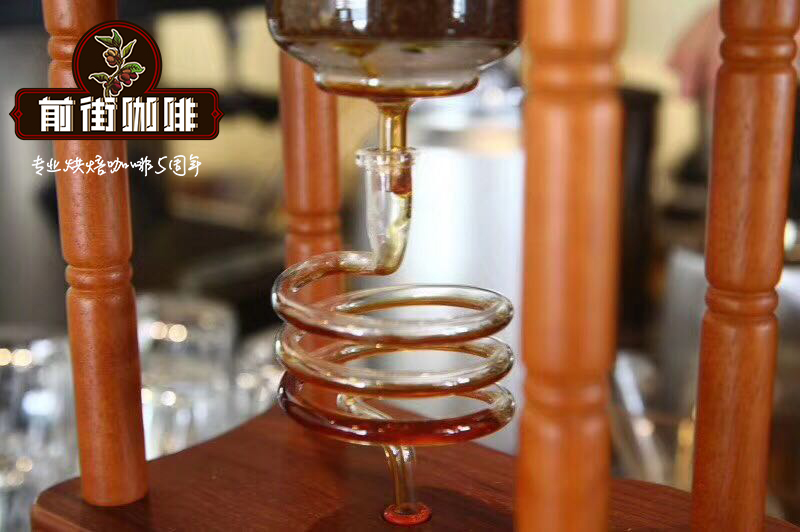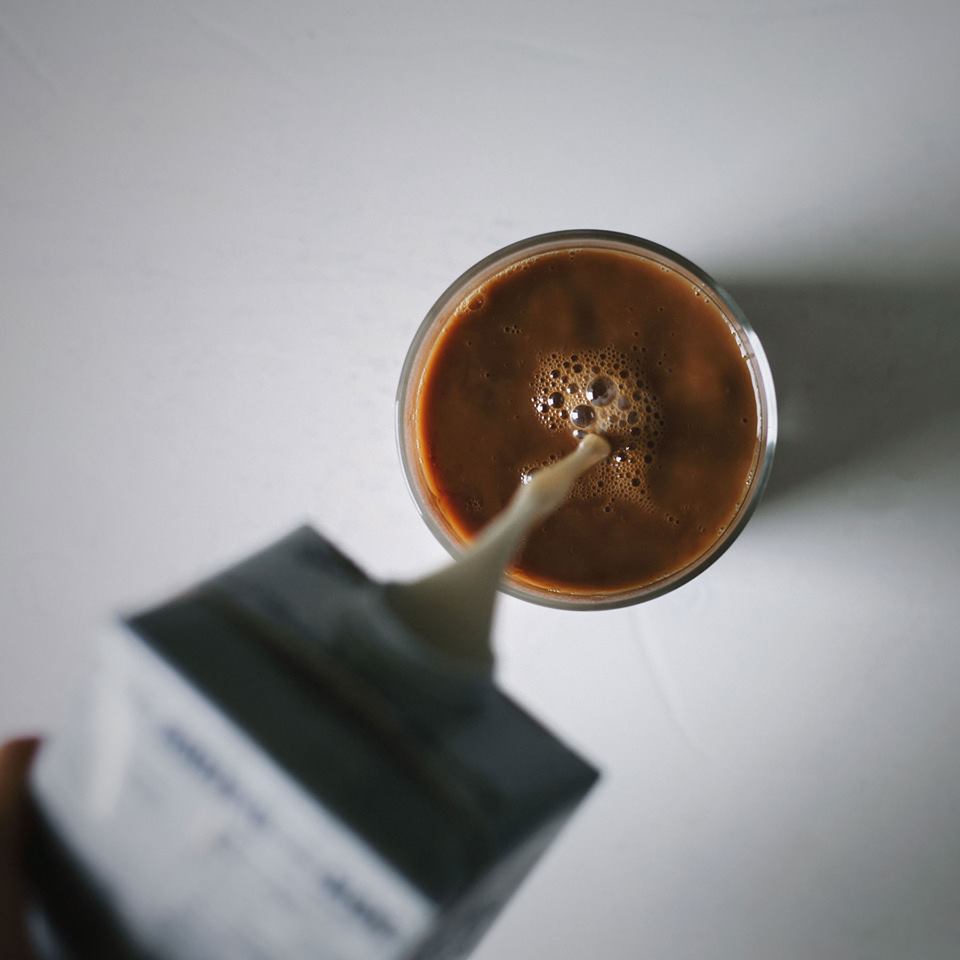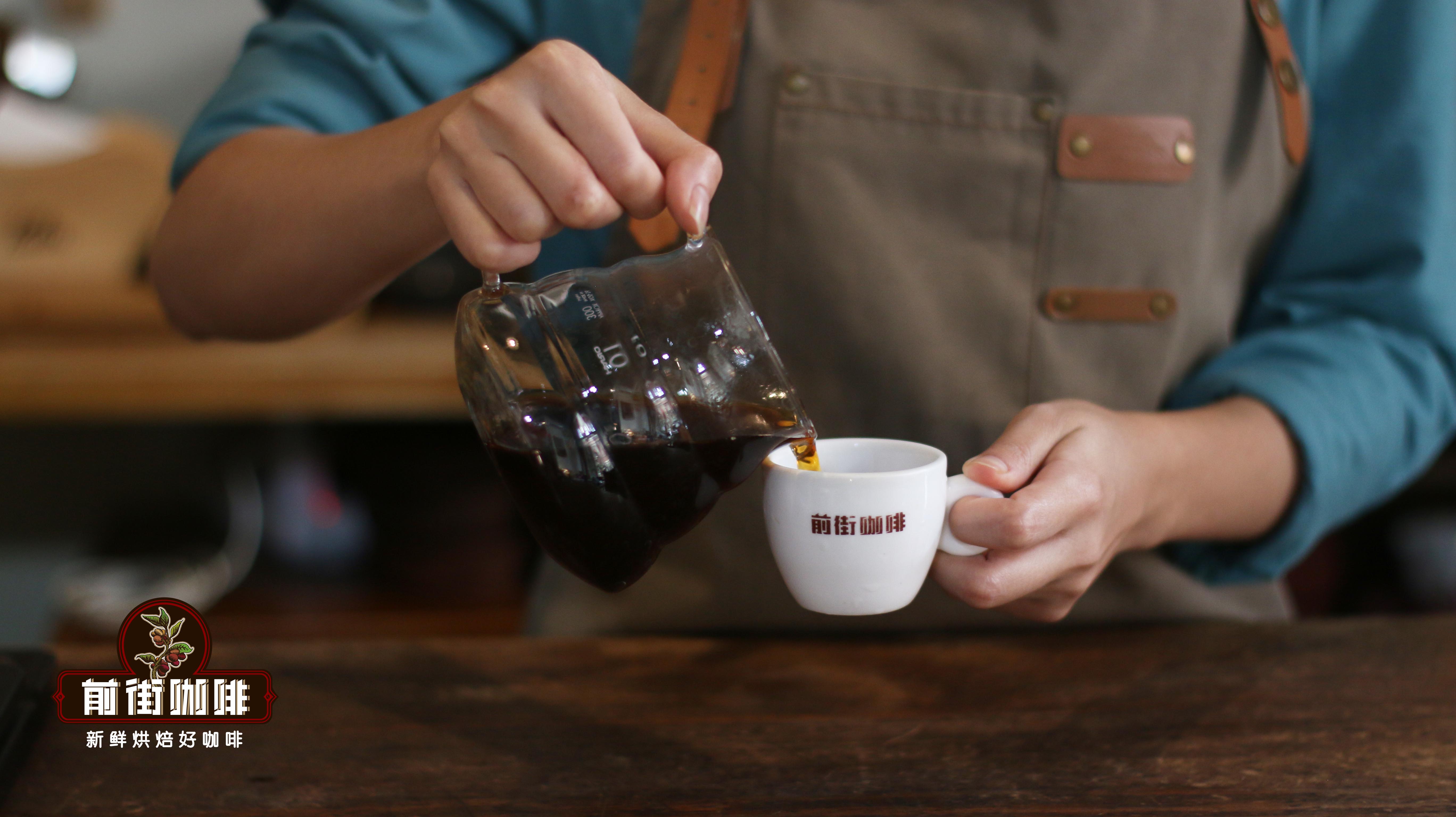How do you make espresso? How do you make an espresso at home?

Professional coffee knowledge exchange more coffee bean information please follow the coffee workshop (Wechat official account cafe_style)
When we go to a cafe, we see on the menu that the cheapest coffee is often Espresso, or espresso. What is this espresso? How can you get an espresso at home?
Concentrated oil is a mixture of a variety of substances: water extracts soluble substances from coffee powder at high temperature and high pressure, a process that emulsifies the natural oil in coffee and mixes the air to form tiny bubbles. At the same time, fresh roasted coffee itself releases a certain amount of carbon dioxide, and these gases are also involved in the above-mentioned emulsification reaction; the more freshly roasted coffee, the more carbon dioxide it emits. so we can also see large bubbles gushing out during the extraction process.
Espresso is very similar to express in English. In English, express means urgent and fast. While espresso is somewhat similar, it means that it takes a very short time to make expresso, so it is a perfect drink for office workers or students who are drinking coffee. In addition, expresso is the base of a lot of coffee, so it accounts for more than half of the market economy for coffee.
Espresso, originally in Italian, generally refers to a way of brewing coffee that uses near-boiling high-temperature and high-pressure water to quickly grind coffee into fine powder, or directly calls the coffee made in this way Espresso, generally called "Italian coffee" or "espresso". In Italy, espresso does not say, "Please give me a cup of Espresso," but simply say "caff è," because for Italians, coffee should be brewed in the way of Espresso.
Espresso coffee is generally thicker than other methods and contains higher concentrations of suspended solids and dissolved solids, such as coffee fat on the surface (crema, a cream foam). Because of its pressurized production process, Espresso has a strong taste and a very high concentration of chemicals. It is often used as a base for other drinks, such as latte, cappuccino, macchiato, mocha and American coffee.
Of course, there are also many coffee lovers who like pure Espresso. Espresso coffee contains more caffeine per unit volume than other coffee drinks, but the total caffeine content is lower because it is smaller per serving and the contact time between hot water and coffee powder is very short, usually only about 20 to 30 seconds. Although the actual caffeine content of coffee drinks is affected by volume, source of beans, baking methods and other factors, a "typical" Italian Espresso coffee contains about 80 milligrams of caffeine, while a dripping coffee contains 95 to 200mg caffeine.
Espresso coffee evolved from Turkish coffee, the first cup of coffee in history was born in the Arabian Peninsula, and then spread westward to Turkey, where the Turks invented a coffee brewing method that could preserve the original taste and purity of coffee, and spread this method to Europe, then coffee culture began to spread to Europe. Turkish coffee is brewed in a manner similar to that of Espresso, where coffee beans ground to fine powder are put into a coffee pot and boiled into strong coffee with hot water.
Since the first coffee shop in Europe was opened in Venice, Italy in 1654, the population of coffee in Italy has been increasing. In order to enable coffee lovers to drink a good cup of coffee quickly and easily, coffee shops tried every means to improve the way coffee was made. Until 1843, the Frenchman Edward Loyalsel de Santais invented a large new coffee machine that needed firewood, which took part in the World Exposition in France in 1855. Santais boasted at the Expo that the machine could brew 2, 000 cups of coffee an hour. He used the steam idea to give a prototype concept to the development of modern Italian coffee machines.
In 1884, Angelo Moriondo applied for a patent for "steam-operated equipment for rapid production of coffee drinks" in Turin, Italy. Writer Ian Bersten discovered Moriondo's patent for the first time in his book on the history of coffee machines. Bersten describes the device as "…" It was almost certainly the first Italian bar machine that could independently control the way steam and hot water passed through coffee, "and called Moriondo" certainly one of the inventors, if not the earliest, of the earliest espresso coffee machine. "
Seventeen years later, in 1901, Milan native Luigi Bezzera made a series of improvements to the espresso coffee machine and created the first steam espresso machine. In 1948, Achille Gaggia, the founder of Gaggia Italian coffee maker, launched the High pressure extraction system (high-pressure extraction system) to create more aromatic espresso and coffee fat floating on top (crema) to form what is now known as espresso.
Although the prices of current Italian coffee machines, whether semi-automatic or fully automatic, have become quite common, there is still a certain price threshold. For people who like Italian coffee with a strong taste, the mocha pot is also a good way to make espresso.
The mocha pot is an instrument for extracting coffee by pressure, and it is very easy to use. When making, just fill the lower pot with water, put coffee powder into the funnel, put it into the lower pot, and then tighten the upper and lower pot. The working pressure of the mocha pot is generally only 1.5 atmospheres. Of course, the quality of espresso and espresso cannot be compared, but it can also be used as the basis for other espresso drinks. In 1933, the first aluminum mocha pot was introduced in Bialetti, Italy. This invention not only greatly improved the taste of ordinary home-made coffee. Its distinctive and excellent industrial design has also been praised by the world.
Important Notice :
前街咖啡 FrontStreet Coffee has moved to new addredd:
FrontStreet Coffee Address: 315,Donghua East Road,GuangZhou
Tel:020 38364473
- Prev

Lattes can be delicious without milk: plant milk coffee is in vogue.
Professional coffee knowledge exchange more coffee bean information Please follow the coffee workshop (Wechat official account cafe_style) lattes are widely loved, but some people can't drink or choose not to drink milk because of lactose intolerance, vegan diet, environmental protection, health care and other reasons, but still want to enjoy coffee full of frankincense, what should I do? In this regard, some coffee shops will provide plant milk
- Next

What's the difference between Mantenin and espresso? temperature ratio parameters of brewing water of Mantenin coffee beans
Professional coffee knowledge exchange more coffee bean information please follow coffee workshop (Wechat official account cafe_style) Manning coffee from Indonesia, is a very rich, wild coffee, the flavor is similar to spices, herbs flavor, in World War II has been loved by many people. Produced in India
Related
- Beginners will see the "Coffee pull flower" guide!
- What is the difference between ice blog purified milk and ordinary milk coffee?
- Why is the Philippines the largest producer of crops in Liberia?
- For coffee extraction, should the fine powder be retained?
- How does extracted espresso fill pressed powder? How much strength does it take to press the powder?
- How to make jasmine cold extract coffee? Is the jasmine + latte good?
- Will this little toy really make the coffee taste better? How does Lily Drip affect coffee extraction?
- Will the action of slapping the filter cup also affect coffee extraction?
- What's the difference between powder-to-water ratio and powder-to-liquid ratio?
- What is the Ethiopian local species? What does it have to do with Heirloom native species?

